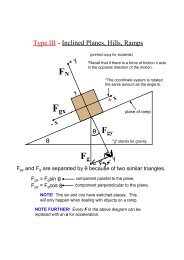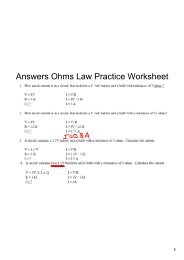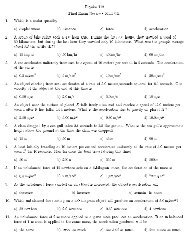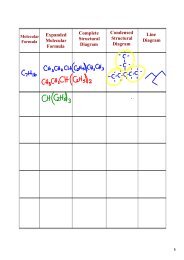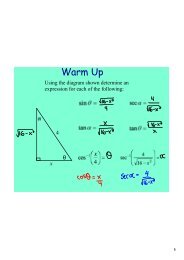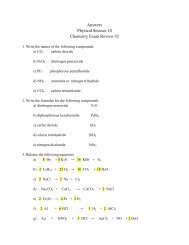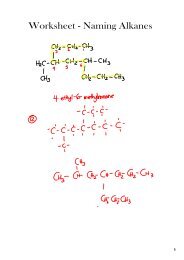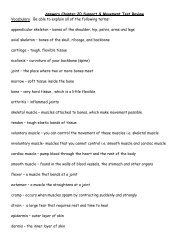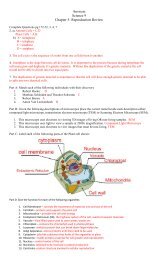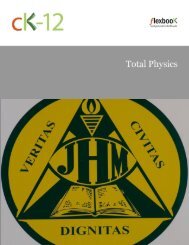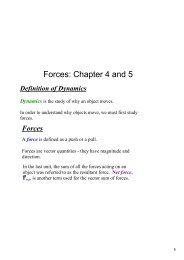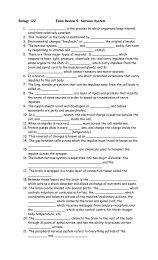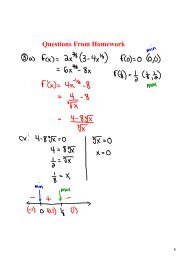Physics Study Guides.pdf - James M. Hill Memorial High School
Physics Study Guides.pdf - James M. Hill Memorial High School
Physics Study Guides.pdf - James M. Hill Memorial High School
You also want an ePaper? Increase the reach of your titles
YUMPU automatically turns print PDFs into web optimized ePapers that Google loves.
Electrical System Problem GuideImportant EquationsV - voltageI - currentR - resistanceP - powerC - capacitance Q - charge<strong>Physics</strong>ε 0 - dielectricconstantE - energyA - area of plated - distance betweenplatesExample ProblemsThe general strategy for any circuit problem is to first find the total equivalent resistance or capacitance, dependingon what kind of circuit you are dealing with. Using that, we can find out whatever information on the circuit as a wholethat has been left out. Then, work your way back down using Ohm’s law in in order to find the characteristics of smallersections of the circuit until you get to your answer. When finding total resistance or capacitance, it is usually easier towork starting with the most buried components. The problem below will illustrate this concept.Example 1In the circuit below, find the voltage drop and the power dissipated by the resistor labeled R 2 .SolutionBefore we can even think about the individual resistors, we need to find out how much current is running through thewhole circuit. So, to do that, we will first need to find the total resistance. We’ll start by summing the resistance ofresistors 3 and 4.Next we’ll combine R 3,4 with R 2 .>Finally we can find R t by combining R 2,3,4 with R 1.Note that the three steps above can be combined into one expression:Now, we can find the amount of current that runs through the whole circuit using Ohm’s Law.>Now, since R 1 and the group R 2,3,5 are in series, we know that the same amount of current is going through both ofthese resistors. So, we can use Ohm’s Law to find the voltage drop across R 2,3,4 .Since, R 2 and the group R 3,4 are in parallel, we know that the voltage applied across them is equal. So, know the answerto the first part of the problem is V 2 = 2.31 V. We can use this information to find the current through the resistor andthen the power it dissipates.>Now we can find the power the resistor dissipates.Page 3 of 3




